
Zero-Waste Eating for Beginners - Part II
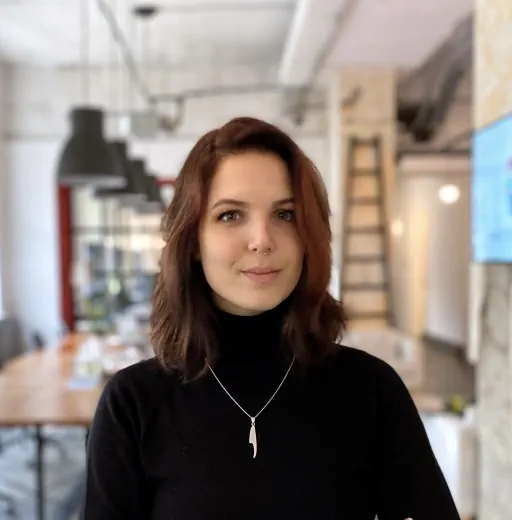
Table of Contents
Introduction
In my previous article, we talked about which first steps should be taken for a less-trashed environment when it comes to food. The importance of planning your grocery shopping and when doing so to try & go as plastic-free as you can. Sincerely hoping those steps were understandable and easy to follow. Wouldn’t want to make a scramble out of your brain, right?
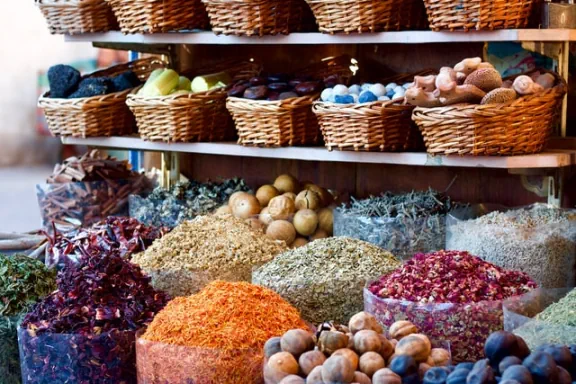
Wicker Baskets During Daytime. Artist: Nikhita Singhal, Place: Dubai, United Arab Emirates
Anyhow, I’ve already given you a brief what topics will be handled with more details, so to start this PART 2 off, I want to dive in with you a bit further into COOKING specifically. It’s not a mystery we need food to nourish our bodies, so having tasty meals should be a must. Personally, I love to cook and experiment. It gives me such pleasure. It’s also fair to say that this change of lifestyle gave me a bit more creativity and more freedom to express myself through cooking as well. It can be fun, it can be creative, has to be tasty! Can’t you feel the excitement?!
To start this properly, I’m pretty sure you heard about this “cooking from scratch” concept. The main point is for you to not buy anything premade (assuming that most are stored in plastic packaging), rather just buy all fresh ingredients and make everything yourself. For example, you want Lebanese cuisine tonight, and you already arranged who buys what and who prepares what. Hummus is the star (if you ask me), standing alongside falafel. Imagine preparing your own hummus. Being the boss of what goes in. I happen to know few people who find some aspects of store-bought hummus a bit unappealing but love the home-made you can buy at the restaurant. So, think about it, cooking from the very beginning? Your tummy will be grateful, I guarantee!
Guidelines
Peels
When we peel our veggies, we are left with scraps. Don’t let that mistake you into thinking they can’t be used. Onion, carrots, any cruciferous vegetable that we chop or peel can be used to make veggie stock. I planned to share a couple of recipes, but then it hit me I should give you a brief and leave a link to the best recipes I found (depending on the dish). So, I’ll start with:
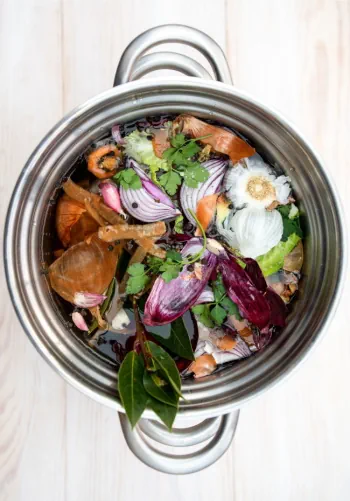
Veggie Stock Box - from Immediate
Vegetable stock
Have you ever questioned yourself how they make the broth we buy? Certainly not with just fresh quality ingredients.
-
You’ll need any scraps you happen to make while cooking. Wash off the dirt, pile them up (since you do need a handful) in a large container (as large as your freezer can take), place your scraps in and freeze them until they are meant to be used.
-
A year or two ago, I happened to find an excellent recipe for waste free vegetable broth. All you have to do is just take your food scraps and cook them, what a mystery, right?? Of course, if you feel fancy, and want a richer stock, feel free to add any vegetable (with their scraps of course), meat, maybe even fish, whatever your gastronomic heart desires. Make it umami.
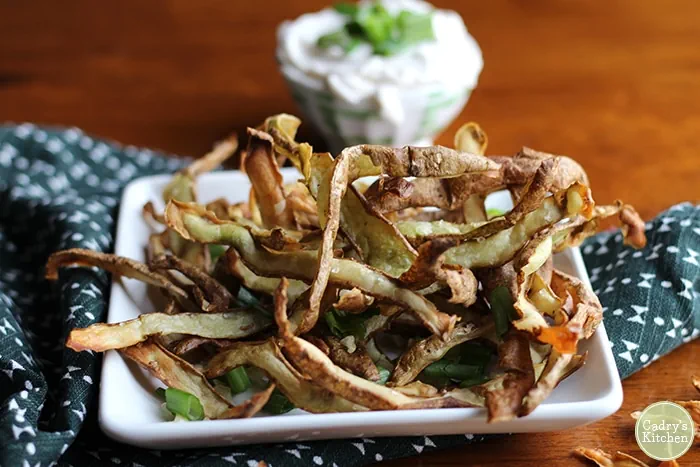
Air Fried Potato Peels from Cardry’s Kitchen
Banana peel, potato, butternut-squash peel
Scrolling through Instagram on a daily basis, looking for recipes specifically, is my remedy. So on one particular evening, I found Max La Manna. Truly an amazing guy. I’m honestly a little bit jealous of how charismatic and talented he is.
It’s amazing how easily you can be inspired by other passionate cooks. He creates fun video content on how to cook, and completely use the ingredients. After watching him, I immediately saved potato peels the very next day and baked them into chips. The same philosophy goes with any harder vegetable peel. You thoroughly wash them, coat them with a bit of oil, season them up to your taste and bake them in the preheated oven for about 10 minutes at 180°C or 360°F. Depending on the size, it might take more or less time. Also, seeds left from the butternut-squash, for example, when baked can be a very delicious crunchy garnish. Just like with peels, when you happen to use any ingredients that contain edible seeds, bake them and use them later. This might not apply to everything that has seeds, so it’s all up to you whether you want to use them or not. If you choose not to, it’s great to consider composting them.
Banana peels on the other hand might create something different. Blending them with wet ingredients, when making the batter for American pancakes, or even banana bread. Totally out of the box, but you can make a vegan version of pulled pork by adding banana peel (pulled with a fork), in sautéed onion and garlic, topped with BBQ, slowly simmered for a minute or two until the liquid evaporates.

Dried beans from Love & Lemons
Beans
Buying dehydrated beans in bulk has been revolutionary for me. It’s definitely easier to buy them precooked, but you sort of learn how to love and appreciate the whole process of presoaking them overnight and cooking them afterward.
One thing I learned along the way, that helps me a lot, is preparing them in large. So, after you cook them, you divide what amount you need right away, and the rest you simply place in a container and put in a freezer. Later on, you can use them for any dish you wish to prepare. Watching over the pot and occasionally adding the water, since it cooks for 1-2 hours as the water evaporates, seems harder than it is, trust me.
Love and Lemons gave me the best insight on how to approach cooking dehydrated beans. You’ll see how easy it is. One thing that I found to be negative is the amount of time it generally takes. But, given the fact we’ve covered the “meal prep” topic previously, I’m pretty sure you’ll handle this task effortlessly.
Freezing
We’ve all been in a situation where we prepared more than we can handle. On so many occasions I either brought goody bags from the place I ordered in and couldn’t finish, or I was sent home from my aunt’s house with containers full of food that might spoil by the time I’m able to eat it all.
Those things happen. Surprisingly very often. We throw away a massive amount of food, merely just because we didn’t plan ahead, or simply we were left with a larger amount than usual. The pro tip here is to start using your freezer for more than just storing your premade pastries and meat. As I’ve mentioned, store your vegetable peels and make stock later. Store cooked beans, and unfreeze them later for curries or stews. Freeze anything that didn’t spoil, and you know you can use. You might be even crazy and freeze meal-scraps, pile them up, and later on use them to make veggies burgers, pastries, bread, curries, stews, whatever your imagination comes up with.
A few days ago I bought a kilogram of homemade tofu. It was sooo delicious and definitely reflects on the “beans” topic, given it was made from scratch. But, can you imagine not being able to consume everything before spoiling and throwing more than 500g of tofu away? An instant overwhelming sadness. Especially with the taste being beyond better than that store-bought-plastic-packed tofu, the easiest one to find. It was the moment I either ate it immediately or disposed of it when it started going bad. Me being me, I didn’t want to let that happen, so I froze the rest (previously cut in pieces). That easy. When I want to use it again, I’ll defrost the needed amount and use it as I normally would. The same principle goes when you think about any other already prepped meal, veggie, sweets, anything basically.
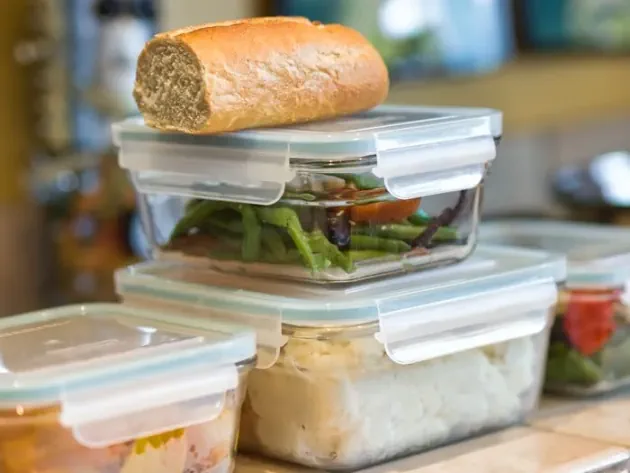
Food in storage boxes
This isn’t something we haven’t been thought to do. I know I didn’t bring up anything revolutionary, but I’ve seen people being scared of freezing food. It’s not going to lose its nutrients, nor the taste. The texture might change a bit, depending on what you freeze, but it’s nothing major to not consider this option. I highly recommend doing this. Given how many times I didn’t even meal-prep anything or the thought of just simply making the salad exhausted me even more, defrosting prepped meals saved my hunger on many occasions.
Other
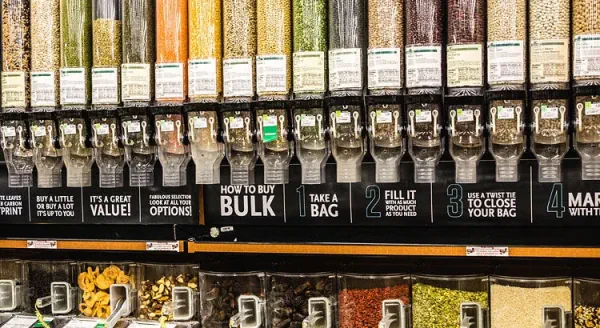
Bulk food from Online Business Canada
Buying in bulk
Find the nearest healthy, bulk-offering shop and start buying in large. Kindly ask them to pack your purchase in your jars or containers. Help them get to know you, be their regular customer, and earn their trust when it comes to packaging and using your own. One of the biggest reasons any shop refuses to pack in containers you bring is hygiene. People can appeal that the product they purchased didn’t smell right, or had a bad taste. So, by the law, if they sell you their products in sterilized (almost always) plastic containers, it definitely helps them know you walked out with fresh ingredients. In other words, whatever happens to your food, is on you. This is why, when you become a local and earn somebody’s trust you won’t abuse “the power” of buying and bringing your own containers, it’s very important.
Reusing leftovers
The idea of masking any leftover, or veggie/fruit that is about to go bad, combining them with other dishes is so comforting. Anything can be added to the sauces, stews, soups, curries, pastas, pies. Anything. From leftover roasted vegetables, to cooked and unused rice. My grandma always used to make tomato soup and add leftover rice, substituting the noodles. I love to add anything I happen to find in my fridge to curries I make. Sometimes I go a bit experimental, and mash them into the veggie burger mixture. It’s very fun for me to always add that “extra” to the recipes I find online.
Recap
All in all, this was mainly just a simple brainstorming of how to get crafty and creative. Food has no rules. The taste of an orange is never the same. It’s natural, it’s alive, it changes. The same goes with anything we prepare. It’s time to start appreciating what we have on our tables. And, it’s time to start using and cooking things that we were taught to discard.